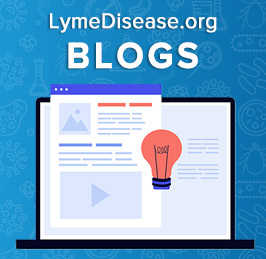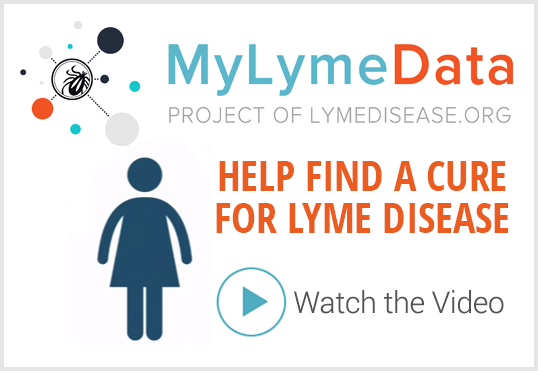How to make healthier food choices during Lyme treatment

By Alexis Chesney ND, L.Ac
Dealing with Lyme and other tick-borne diseases can be complicated and exhausting. Eating a wholesome, nutrient-rich diet and cutting out foods that “feed the Lyme” can help to expedite your healing process.
The following are some starting guidelines to help you make healthier food choices during treatment.
Foods to eat freely
Vegetables: broccoli, Brussels sprouts, cabbage, cauliflower, green beans, leafy greens, kale, chard, bok choi, celery, carrots, beets, mixed lettuce greens, cucumber, tomatoes, peppers, potatoes, sweet potatoes, winter squash, peas, beets, parsnips and others. Fermented vegetables such as raw, probiotic-rich sauerkraut or kimchi.
Protein: Meat and poultry (such as beef, lamb, chicken, turkey, wild game), fish (such as salmon, sardines, cod, haddock, tuna), eggs, nuts and seeds (such as almonds, walnuts, peanuts, pumpkin seeds, sunflower seeds, hemp seeds, sesame seeds, almond butter, peanut butter) and beans (such as lentils, split peas, black beans, chickpeas, kidney beans).
Healthy fats: Nuts and seeds, nut butters, olives and olive oil, coconut and coconut oil, butter or ghee, avocado, whole eggs, and foods rich in omega-3 fats (such as ground flaxseeds, salmon and other fatty fish, and walnuts).
Dairy: Plain/unsweetened yogurt, cheese, butter.
Grains: Products without yeast or added sugar, including whole grains (such as brown rice, oats, oatmeal, quinoa), certain crackers, yeast-free wraps/tortillas, and pastas.
Condiments: Vinegars, prepared mustard, lemon, lime, herbs and spices, plain cocoa powder, other condiments without added sugar or yeast.
Foods to eat moderately
Fruits: Limit to 1-2 servings per day (fresh fruit instead of dried or juice).
Sweetener: Stevia.
Foods to work on cutting out completely
Sugar: White sugar, brown sugar, evaporated cane juice, corn syrup, high fructose corn syrup, honey, maple syrup, molasses, coconut sugar, coconut palm sugar, agave.
Fruit products: fruit juice, dried fruit.
Artificial sweeteners: Nutrasweet, Splenda, Equal, Sweet ’n Low, aspartame, sucralose, saccharin, acesulfame K, sorbitol, xylitol, mannitol.
Yeast: breads, baked goods, beer, nutritional yeast, yeast extract.
Alcohol: beer, wine, liquor.
By understanding and implementing these dietary guidelines, you can better manage Lyme disease and other tick-borne illnesses, while enhancing your quality of life.
Please discuss this plan with your Lyme-literate care provider or registered dietitian to tailor it to your specific needs, particularly if you have other medical conditions or food sensitivities.
Alexis Chesney ND, L.Ac is a naturopathic physician and acupuncturist specializing in the treatment of Lyme and other tick-borne diseases. For more information about her book Preventing Lyme and her protocols, see her website.




















We invite you to comment on our Facebook page.
Visit LymeDisease.org Facebook Page